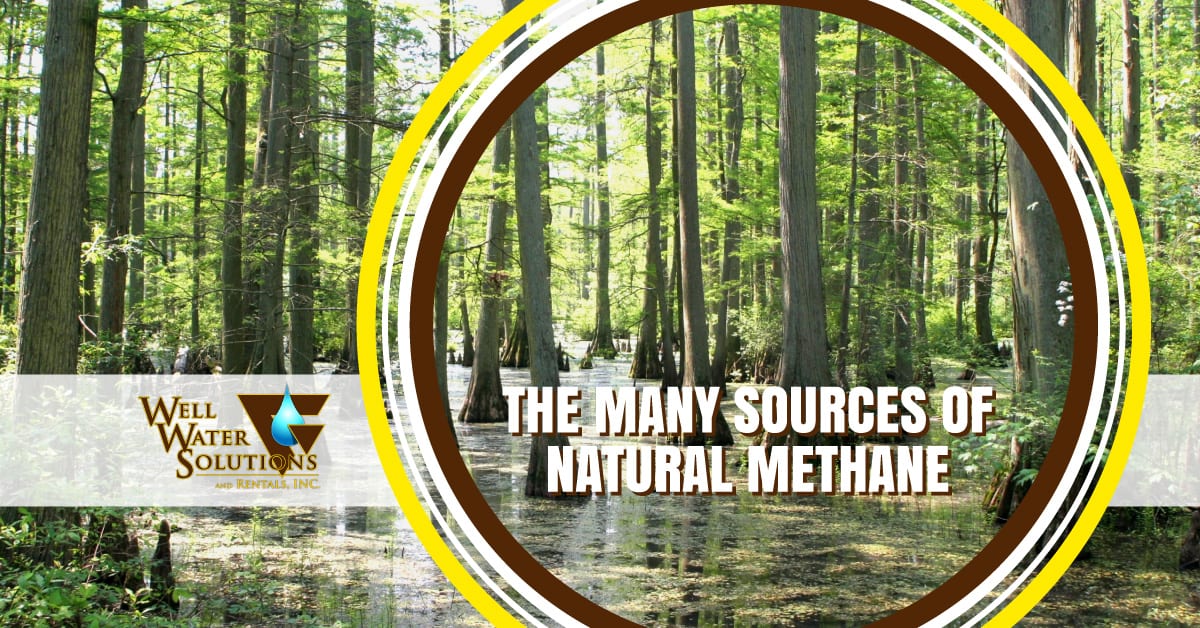We all know that the world’s overall climate patterns are getting a bit warmer each year. However, there is still some debate going on concerning how much of an influence humans are having on this change. Fracking regularly comes under fire for just this reason. There are many different greenhouse gases that come into play in the atmosphere, including water vapor, carbon dioxide, and methane. Methane often gets talked about in association with fracking and natural gas as a whole, as methane is a main ingredient of natural gas. But while mining for natural gas and the burning of it for energy may release methane into the atmosphere, there are plenty of other sources that naturally release large quantities of methane. Keep reading to learn about some of these sources.
Permafrost
One of the more pressing sources of methane that could drastically impact global temperatures over the next several centuries is the quickly melting permafrost in the arctic. Sources are in the ground and under the many different lakes that were once completely frozen over are large pockets of methane. During the summer months, it’s practically impossible to measure how much methane is being released from these Arctic lakes, however, during the winter, researches are working to identify how much methane gets trapped in the ice during the fall freezes. This could quickly become the number one source for methane release into the atmosphere as the Arctic continues to thaw.
Wetlands
You might be surprised that natural wetlands are the cause of roughly 22 percent of all methane released into the atmosphere, which is more than both coal and natural gas use combined. As plants decompose in these moist environments, they release a variety of natural chemicals into the atmosphere, one of the main ones being methane. This is because so many different microbes and fungi are involved in the decomposition process in these areas. Just like we breath in oxygen and breath out carbon dioxide, these microbes commonly found in wetlands eat plant matter and release methane as the byproduct of this process.
Termites
You’ve probably never really thought about termites much before, especially in the context of methane production, but don’t rule these pesky critters out. The fact is that termites actually make up a total of four percent of total methane sources, almost as much as all livestock throughout the entire world. Some conservative estimates for the number of termites around the world include more than 250 trillion individuals. All these termites chopping away and digesting their food sources leads to quite a bit of methane as a result. In fact, NPR looked at the variety of species on Earth and the sheer amount of biomass various groups occupy and found that termites have more biomass than the over 7 billion humans that currently exist. Only cattle, marine fish, ants, and bacteria outnumber termites in amount of available biomass.
Ground Water
This may sound a bit odd, but researches have actually found a high correlation of methane contaminated water and underground gas deposits. Gas deposits don’t have to be located miles underground, locked away in shale for them to find their way to the surface. There are plenty of small pockets of methane closer to the surface which then mix with local groundwater sources. Researchers from the University of Texas in Austin, looked closely to find a statistical correlation on where the methane that was found in water was originating from. More often than not, the methane was simply already in the ground and released by natural groundwater.
Being in the hydraulic fracturing industry, you probably already had a good sense of how small of an impact the process has on a variety of greenhouse gases, but now you know a little bit more about the natural sources of methane.
For information about the frac tanks that Well Water Solutions supplies for fracking operations and other liquid management needs, contact us today for more information.


